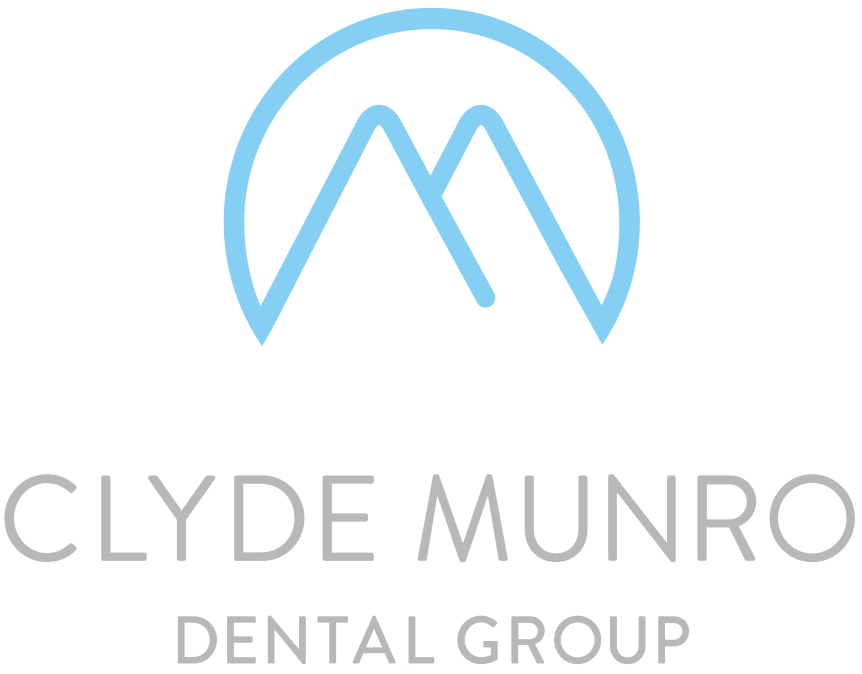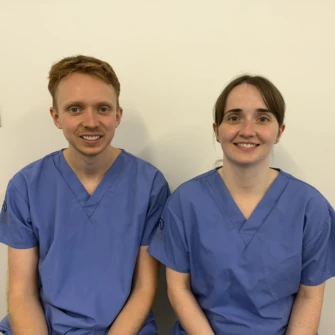Things to Avoid After a Tooth Extraction
Published: 15 April 2025
Tooth extractions are among the most common surgical procedures performed by dentists. They are performed for various reasons and are normally easy to recover from. However, there are a few steps to follow to ensure your procedure goes smoothly.
In this blog, we’ll cover everything you need to know about tooth extraction, including the reasons to get one, how to prepare, and how to care for the area after the treatment.
Why you might need a tooth extraction
A fairly common procedure, there are several reasons you might need a tooth extraction, including:
- Severe damage or decay to the tooth or its root.
- Impaction of the tooth.
- Infection of the tooth.
- Several teeth may be crowded and require removal to create a more even smile.
While tooth extractions have some minor risks – covered below – they are generally considered a healthier, more manageable alternative to all of the above. So what can you expect? And how can you ensure that your recovery period is as smooth as possible?
Preparing for tooth extraction
While preparation for extraction is minimal, communication with your dentist is crucial at this stage. Before the treatment, you will be asked about your dental and medical history and any current medical conditions, allergies, or surgeries that may affect the treatment.
It’s essential to be as thorough as possible in communicating these, no matter how irrelevant they may seem, as knowledge of them may play an important role in your safety and wellbeing during and after the treatment.
If you’re feeling nervous before your procedure, that’s okay! It’s normal to feel this way before any treatment, no matter how minor. If you have any concerns, your dentist will happily answer them, no matter how small.
How tooth extractions are carried out
Now that you’re ready for extraction, your dentist will perform a reasonably straightforward procedure.
First, by anaesthetising the area, they will loosen and subsequently remove the tooth. Once removed, the cleaning process begins. Your dentist will start by cleaning the immediate wound, and depending on the size of the wound, stitches may be used to aid the healing process.
They may then ask you to bite down on a pad to stem bleeding from the wound.
Immediate aftercare following extraction
Immediately after extraction, it’s important to be very gentle with your mouth as it takes its first steps towards recovery. Therefore, avoid eating or drinking for three hours after extraction. After that, only soft food at a moderate temperature should be consumed to prevent damage to the wounded area. If possible, chew only on the other side of your mouth.
After the procedure, a blood clot will have formed within the wound. Maintaining this blood clot is an integral part of the healing process, and disturbing the wound should be avoided as much as possible to avoid extended periods of bleeding.
Aftercare for the following 24 hours
While you should be able to carry out your day as usual after several hours, there are some crucial factors to consider in the following 48 hours after tooth extraction.
Avoiding rinsing your mouth out within the first 24 hours post-extraction is essential. While drinking fluids after several hours is permitted – an important part of recovery- rinsing one’s mouth out may dislodge the blood clot formed after removal. Dislodging the blood clot will lead to further bleeding and a longer recovery. After 24 hours, you may spit and rinse with a mild salt water solution.
Additionally, drinking very hot or very cold drinks within the first 24 hours is not recommended as this can exacerbate painful symptoms such as swelling and nerve damage.
Aftercare for the following 48 hours
Within 48 hours, eating and drinking may resume largely as usual. However, consumption of alcohol and smoking or vaping during this period is not advised, as any one of these may lead to dry socket, infection, or inflammation. Nicotine patches are permitted during this period should you be concerned about being able to complete the 48 hours without smoking.
Additionally, if you are currently using blood-thinning medication such as aspirin, we recommend avoiding this unless prescribed by your doctor. In such an instance, they can recommend an appropriate course of action.
Complications and side effects
While your dentist will likely be more than comfortable carrying out a routine procedure such as tooth extraction, no treatment is without risk of side effects or complications, and it’s essential to be cognizant of these before the procedure occurs.
Jaw stiffness, bruising, swelling, and general discomfort are typical symptoms experienced after this procedure.
However, if the correct aftercare is not carried out, patients put themselves at risk of dry socket and infection. Additionally, there is always a slight chance of nerve damage during the surgery, although this is generally a temporary effect and will heal in time. If this is not the case or you are concerned about any of the above symptoms, contact your dentist immediately.
Replacing extracted teeth
If you’ve had your tooth extracted and are looking for a fuller smile, there are several ways to achieve this, with dental implants being among the most popular options. If you’d like to learn more about implants and the options available, contact a Clyde Munro dentist today.





